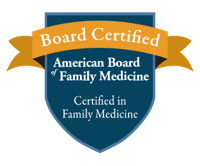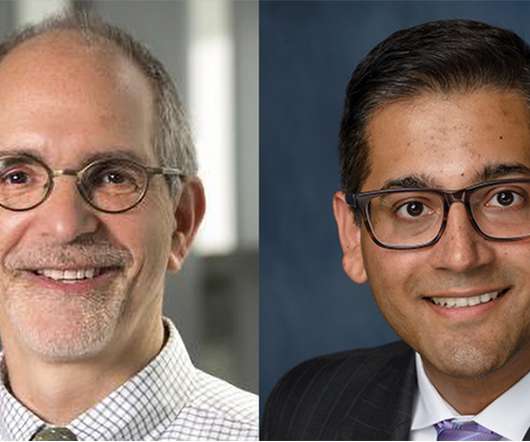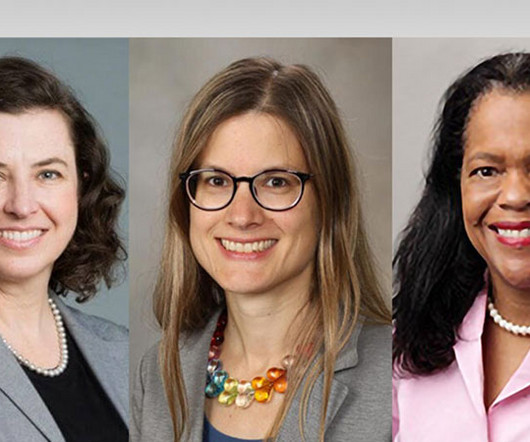Family physicians perform high-quality colonoscopies, but access is an issue
Common Sense Family Doctor
JANUARY 19, 2025
Most patients who choose colonoscopy as a screening test for colorectal cancer are referred from primary care to a gastroenterologist or other specialist who performs endoscopy. Thus, the decline in endoscopic care (including flexible sigmoidoscopy) by family physicians in both urban and rural areas is cause for concern.












Let's personalize your content